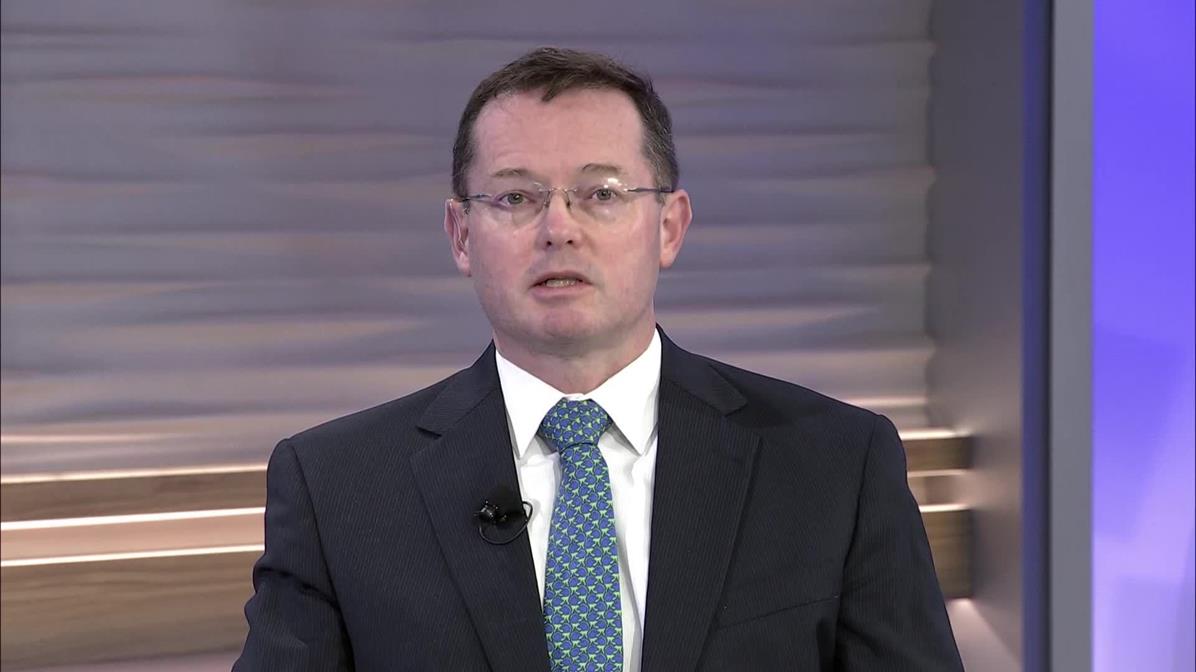IMF Latam Economic Outlook Inflation Mexico

The IMF is predicting that countries in Latin America are returning to growth, but need to remain vigilant in the newly released Western Hemisphere Regional Economic Outlook released Thursday (October 21) in Washington, DC.
The recovery was robust in the first quarter of 2021 but lost momentum in some countries in the second quarter, reflecting the rebound in COVID-19 cases. Real GDP is projected to grow by 6.3 percent in 2021, followed by a more moderate growth of 3 percent in 2022, but would not catch up with pre-pandemic trends in the medium term as persistent weakness in labor markets raises risks of scarring.
“The good news is that after taking a very heavy toll for much of 2021, the pandemic appears to be receding in many parts of Latin America and the Caribbean. However, this is not a time for complacency. Vaccination campaigns have helped mitigate the pandemic’s impact, but there are still important inequities in the availability of vaccines, and these need to be addressed,” said Nigel Chalk, Deputy Director of the IMF’s Western Hemisphere Department.
The IMF sees the region’s central banks raising interest rates to combat rising inflationary pressures, he told reporters at an online news conference.
“Rising commodity and food prices, global increases in goods prices, sector specific constraints and supply chain disruptions are all pushing consumer prices higher. Many central banks in the region have rightly reacted to these pressures by raising policy rates to underscore their commitment to their inflation goals. It is likely that these interest rate increases will continue in many countries in the coming months, and if inflation expectations become less well anchored, policymakers may have to react even more assertively too,” Chalk predicted.
The IMF sees inflation concerns in Argentina, but largely grounded in Mexico. But all countries should be preparing for external factors such as an expected tightening by the US Federal Reserve.
“The outlook is improving. So I think it would be right for the region to prepare, you know, looking forward that there will be a withdrawal of monetary support in some of the large, advanced economies, particularly in the United States, which is very important for them. I think we were already seeing the U.S. Federal Reserve flagging that it will start soon. Tapering its asset purchases and potentially raising rates are forecast. Assume rates will start rising towards the end of next year. We think it’s going to be a very gradual process,” said Chalk.
But even as US rates may be rising, that is generally the sign of a healthy growth pattern which will spill over to American trading partners such as Mexico and commodity exporters.
“Nonetheless, as those financial conditions tighten, we will see potentially lower capital inflows into the region. We potentially will see higher cost of capital for the region. And I think, you know, that will provide some headwind to growth. At the same time, you should expect that that period where rates are rising in the U.S. is because the U.S. economy is doing very well. And so for many countries, I think particularly those with strong trade leaks, the US, like Mexico and Canada, you’re actually going to see a net positive effect that while interest rates will be rising in financial conditions may tighten, “said Chalk.
The full report is available at: https://www.imf.org/en/Publications/REO/WH/Issues/2021/10/21/Regional-Economic-Outlook-October-2021-Western-Hemisphere





